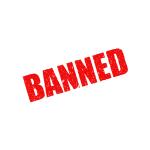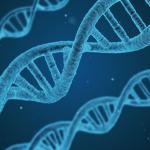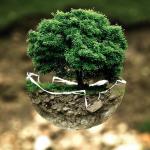This is not the first time US Consumer Product Safety Commissioner Trumka offered this approach.
linear non-threshold model
Background
To determine whether a chemical poses a cancer risk to the population, two issues need to be assessed:
Science is an ongoing process where new discoveries change old theories. For example, when I was in school, we learned that atoms were the building blocks of matter, and atoms could only be broken down into three smaller particles: elec






